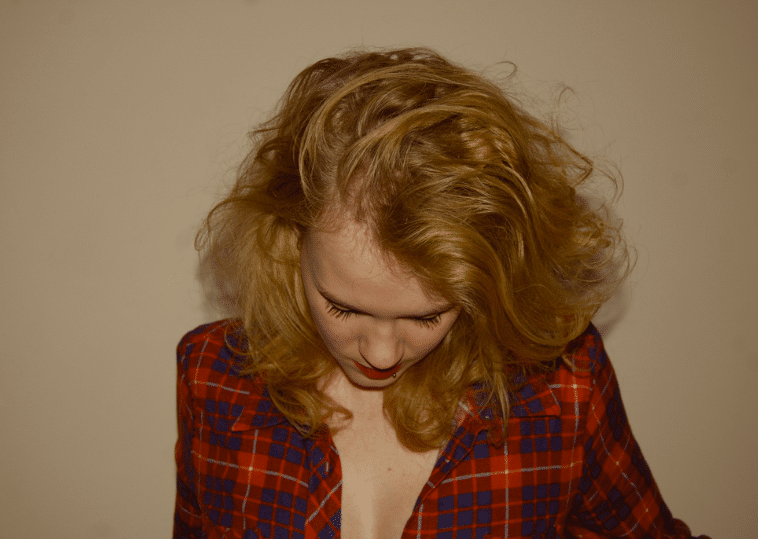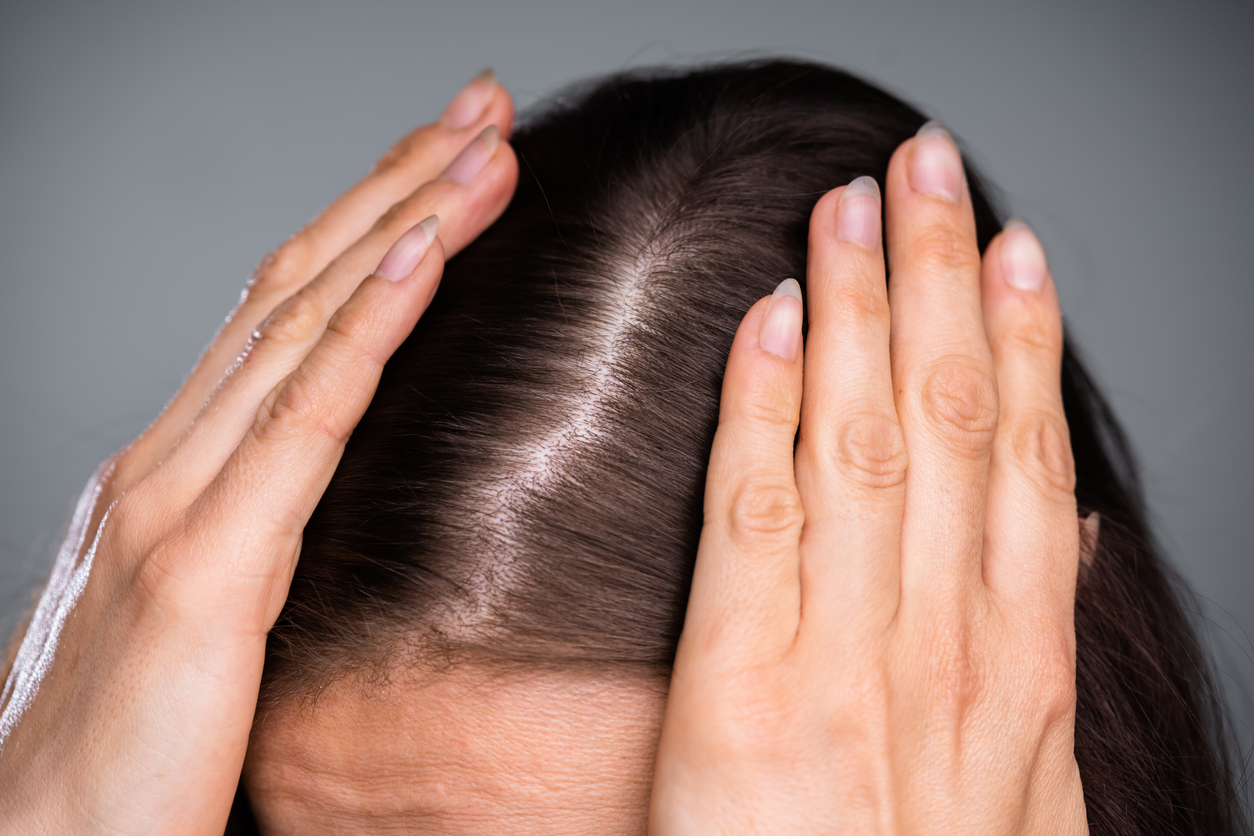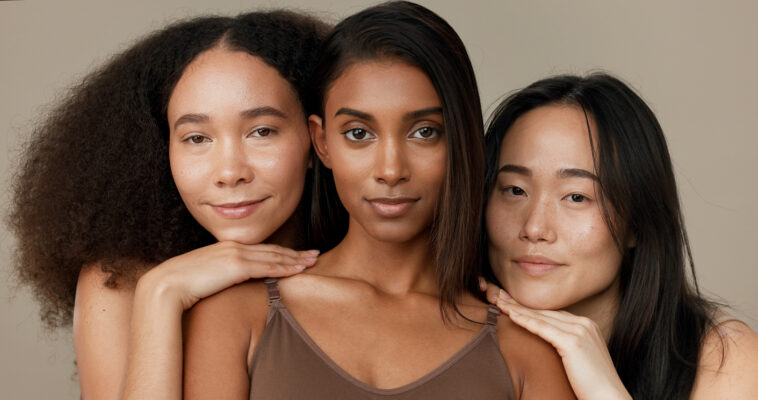Determining your hair type is essential to establish a suitable hair routine and guarantee the good health of the hair from the roots to the ends, including the lengths. Knowing the nature of your hair also allows you to guide your hairstyle choices optimally and meet the specific needs of your hair while better choosing your hair products according to your objectives (growth, volume, dandruff, repair, smoothing, frizz, shine, protection of colored hair, etc.). Find out how to identify your hair type to take care of your locks in an efficient, personalized and optimal way between two hairdresser appointments.
How to know your hair type: study its nature (dry, oily, normal)

The nature of the hair mainly refers to the amount of sebum produced by the scalp. Depending on different factors: hormones (adolescence, pregnancy, menopause, etc.), pollution, diet, stress… The sebaceous glands can in fact secrete more or less lipids, which will then lubricate the hair fiber, but which can also give the roots a greasy appearance if the secretion is very rapid after washing.
Knowing the condition of your scalp allows you to choose a shampoo with a washing power adapted to your needs (so as not to strip, dry or attack too much), but also more or less rich care products that can also be dosed better. Like Hairlust, most hair brands recognize three main ones:
-Dry hair: the scalp secretes little sebum and therefore regreases less quickly. On the other hand, hair can be fragile, dull, brittle, or even split ends. They can also quickly become tangled and dryness promotes itching, dandruff and irritation.
-Normal hair: sebum production seems balanced, so you can go several days between shampoos. The hair has no particular problems and seems light, soft, supple and shiny. Detangling and styling is easy.
-Oily hair: the hair becomes oily again in a few hours or even a day after shampooing. Very quickly, the hair becomes tangled, sticks together, becomes heavy and reveals dandruff.
Some people may also have mixed hairor oily hair with dry ends. Detangling is difficult and hair is damaged, but oily roots quickly reappear.
Identify your thickness to better understand your hair type

Not to be confused with hair density (the number of hairs), hair thickness influences overall hair texture and plays an important role in the way hair react to products and hairstyles. Many treatments are aimed at fine to medium hair or, on the contrary, at thick hair. But how do you know which category you fall into without going to your hair salon? A simple hair test can help you here! Get some basic sewing thread and compare that to an individual hair.
-Fine hair: their diameter is smaller than a cotton thread. When you look at a hair facing a window with sunlight, it appears almost translucent. Plus, you barely feel it between your fingers. They are easy to style and dry quickly, but can also quickly break and become greasy.
-Medium/normal hair: more easily visible, it has a diameter similar to a cotton thread and is easy to style.
-Thick hair: very visible to the naked eye and when viewed against the sunlight, a thick hair will be larger than a cotton thread. Resistant to chemical treatments and heat, they can nevertheless seem heavy, but also be difficult to style and dry.
Hair shape and texture (straight/straight, wavy, curly or curly/kinky)

Hair shape refers to the structure or curl pattern of the hair which can be classified into four main categories: straight, wavy, curly and kinky. Each type has unique characteristics and requires specific care to maintain hair health and beauty.
–Straight hair: stiff, they can be difficult to work with, especially when creating a particular hairstyle or curling them. Curls tend to fall out quickly.
-Wavy hair: S-shaped, they are easy to shape (smoothing, curling and styling).
-Curly hair: the curls are large, round and well defined, and the hair is often dry to very dry.
-Curly or frizzy hair (also called afros): the curls are very tight and Z-shaped. Difficult to straighten, this hair is most often dry, fragile and brittle.
Good to know: if you are hesitating between two hair types, preferably observe their behavior after drying for straight or wavy hair, and on the contrary when they are wet for curly or frizzy hair.


